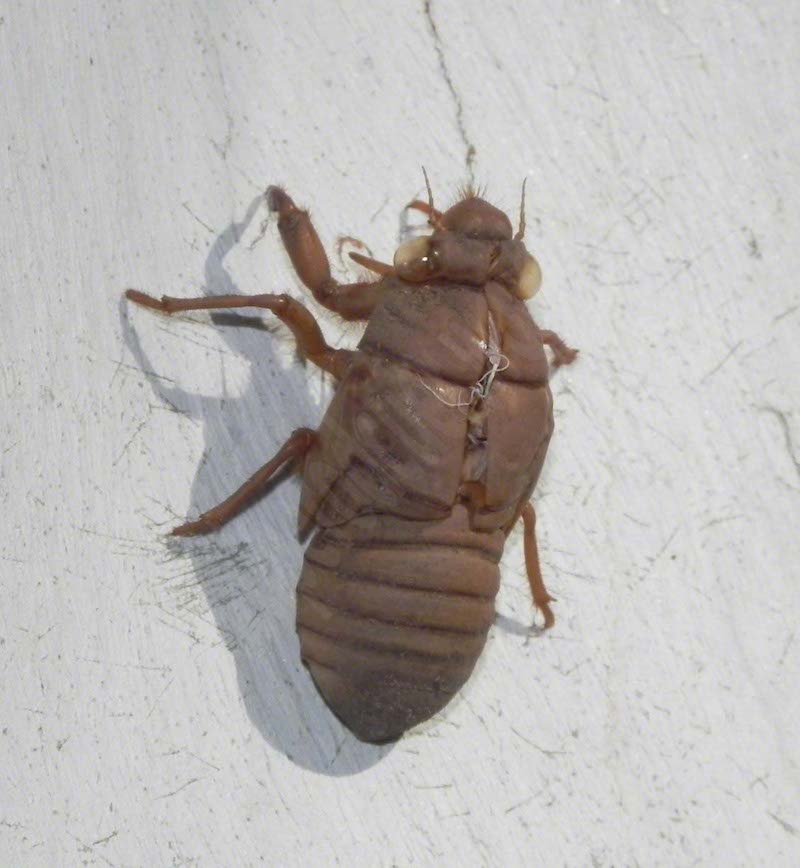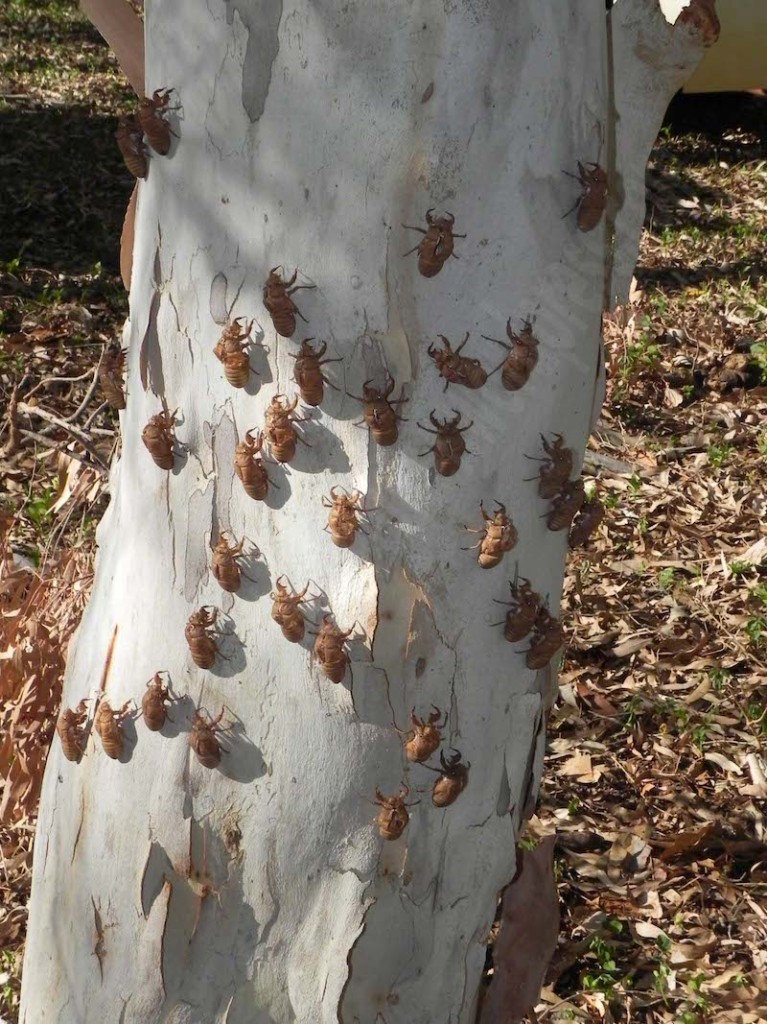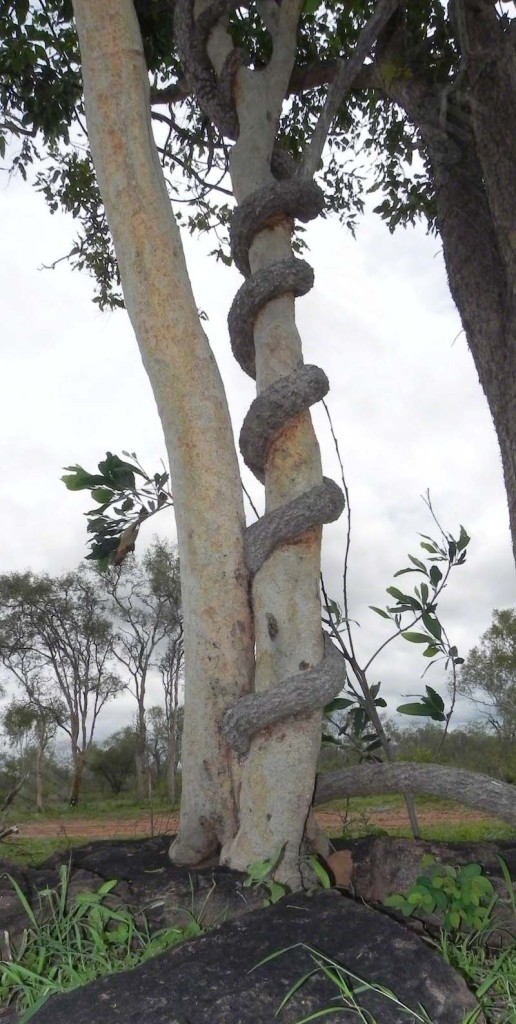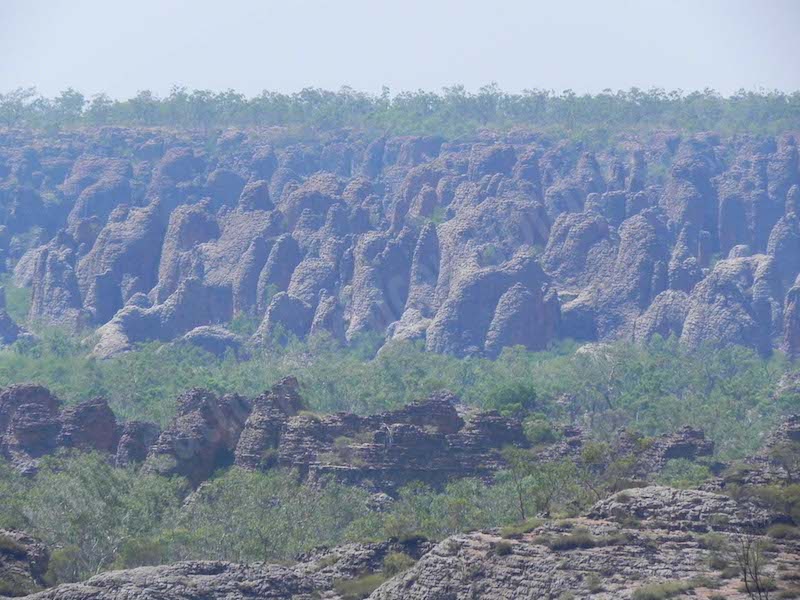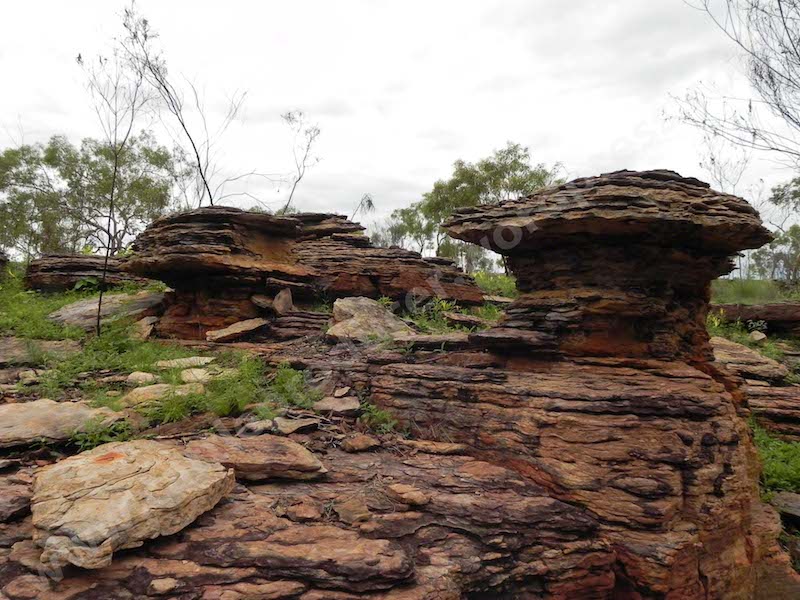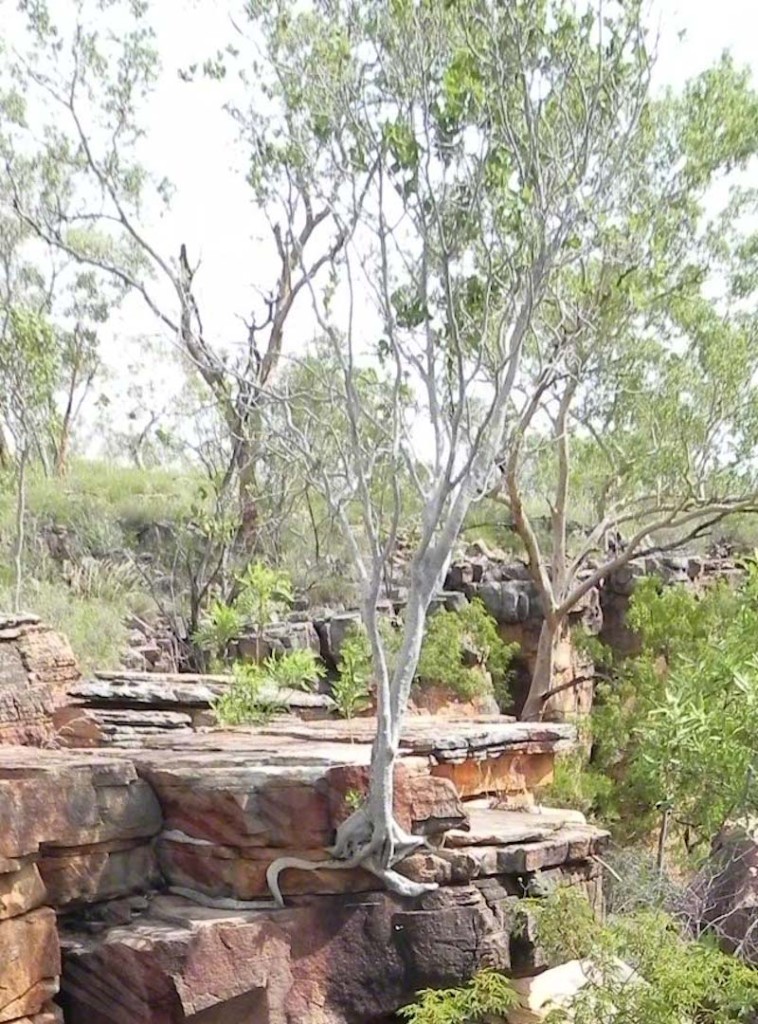The weird, the wacky, the wonderful
Host: Hodgson River Station
Written by: Jo Bloomfield – Owner, Hodgson River Station.
Some of the following are mother nature’s creations in all her timeless wonder and management.
Have you ever been outside and there is a deafening squealing sound that just doesn’t stop and penetrates right through you? It’s these guys, the Cicadas and only the males of the species sings, apparently in chorus to confuse predators, they can reach up to 120db, which is the pain threshold of people’s hearing. Interestingly they can shut down their own hearing sensors so they don’t deafen themselves. Sounds eerily similar to the human males if you ask me!
http://web1.australianmuseum.net.au/Cicadas-Superfamily-Cicadoidea/
When our wet season comes in we have some areas of Salmon Gum and other eucalyptus where it looks like an invasion of weird little bugs. There can be many trees with only the shells of the cicadas left on the trunks. They all tend to be located on the smooth bark of the tree trunks and only about 1-2m off the ground.
After mating the female lays eggs in the tree trunks. The nymph hatches and falls to the ground where it burrows in and can lay for a number of years. It will dig its way out and as part of its last stage of growing sheds its shell by attaching it to the trees, to emerge as a adult flying cicada. The above shells are all empty and there would be at least 50 trees in this area, some with hundreds of cicada shells attached.
http://web1.australianmuseum.net.au/Cicadas-Superfamily-Cicadoidea/
I’m not sure of the name of this vine and think it is part of the Capparaceae family. It is a vine which uses the support of a host to then grow into the structure of the host canopy for access to light and nutrients. In my plant books it says as a young plant the vine has small spikes that penetrate the host but I’m not sure if this is for anchorage or actually using nutrients from the host. It is quiet common and doesn’t seem to constrict the trees growth or kill them. It is often very symmetrical in the way it winds itself around the trees and grows.
The geological formation of this area was limestone and sandstone over 2500 million years ago. This has received the natural forces of wind, rain and the elements of time to create the intricate weathered columns of these carbonate stones which are relatively soft and in some cases actually dissolve with water contact. As best as I can figure these columns are caused by erosion not uplift.
These sandstone layers originated millions of years ago when Australia was still part of the Gondwana land mass and this area of Australia was actually ocean. The landmasses altered as they moved and with various significant climate changes of the ice age exposed north Australia as shallow continental shelves. The sea levels dropped 120-160m which eventually allowed the growth of plants and shrublands which characterise the region. These sculptures are a result of water, wind, and heat which caused erosion of different rocks to form some incredible pieces of natural art. I don’t know why some fractures are vertical while others horizontal but assume that some horizontal layers are due to the way the rock was laid or settled originally in place while vertical may be more to do with expansion and contraction of heat, water, and changes in moisture content causing pressure.
The shear determination of some plants to survive. This is a massive rock ledge along the Hodgson River proper, the drop to the base of this escarpment would be about 40m with massive boulders of these limestone and sandstone rocks having given way and plunged down the ravines.
This tree has somehow managed to take up residence in a precarious position, doggedly having anchored its roots into the very fractures of the rock, how it obtains enough nutrients to survive is beyond me and I can only assume that it’s roots have penetrated far to the left into of the wall of the escarpment which allows nutrients and minerals to be absorbed.
Articles for this week will be:
1-Wild Wild Rivers – Explanation of site and formation of river systems.
2-Roller Coaster Seasons – Variances of the wet to the dry season in North Australia (today).
3-Strut your Stuff, The Animals – Native animals of the region.
4-Get tough or die, The Plants – Native plants of the region.
5-The Weird the wacky the wonderful – Oddities and incredible feats of nature.
6-The unwanted, often despised – The feral animals and weeds.
7-Monitoring sites – How producers can pro-actively record and assess their activities.

